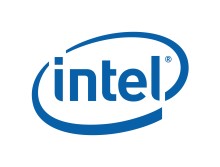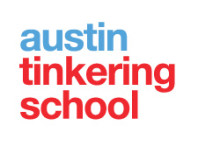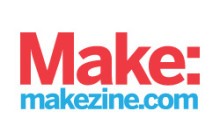The next iteration of maker spaces will facilitate learning and R&D in ways that expand perceptual intelligence, spatial narrative, experimentation, adaptive response, multi-perspective analysis, and creativity, by marrying existing curriculum to innovative approaches that leverage emerging convergent media, entertainment (via new types of experiences), immersive, interactive workshop facilities and techniques.
Due to the emergence of converged media, communications, and entertainment, combined with new creative tools such as telepresence, CCTV, simulation, gaming, sensors, synthetic worlds, and interactive and immersive design, maker spaces are migrating from prototyping and production venues to multi-disciplinary transformative spaces in which we can create blended realities to serve as experience and research simulators.
By constructing collaborative programs that embrace a combination of visual, audio, and interactive make labs, we can develop hands-on, fast-reacting education and research facilities that encourage the creation, production and testing of new approaches experienced as more an immersive event than a string of seemingly unrelated exercises. This approach leverages everything from new techniques in interactive storytelling, to building objects both in the physical and virtual, as well as hybrid and crossover versions.Mr. Woodgate will offer exciting examples of this transformative, experiential work already in progress at Georgia State University’s Digital Arts and Entertainment Lab (DAEL), such as: set design, museum displays, and the sonification of space, installations, and displays that portray the emotional state of the city in order to improve urban development and human interaction.
Like this:
Like Loading...
The Austin Astronomical Society seeks to encourage creativity and discovery in its members and in the individuals they encounter through their various functions and events. An observing session is incomplete without a telescope and what better way to express originality and ingenuity then through the design and execution of homemade apparatus. On display you will find various examples of homegrown telescopic devices and the creators will be available to answer any questions you might have about their creations. To take part in observations of your own join members for some hands on make it yourself astronomical craftwork including building your own planisphere, creating your own constellation cards and constructing your own solar system mobile.
Like this:
Like Loading...
Student projects on display:
high school: hand carved wooden clock, blacksmith calipers, wooden lamp, book binding, stop motion animation, student-designed fonts, infrared spectrometer (senior project)
middle school: wooden stool, pinhole camera
elementary school: knitted lion, shelter project, Celtic knot placemats
Hands-on projects at Maker Faire:
make your own knitting needles,
chip carve balsa wood project,
make felted flowers,
“see sound” on a Chladni plate
Like this:
Like Loading...
Introducing kids to robotics, programming, and mechanics can be challenging. But using the LEGO WeDo robotics sets, plus the open-source Scratch programming language, provides easy and fun first steps for all kinds of kids from elementary to middle-school ages. See examples of robotic LEGO projects, such as animatronic animals and amusement-park rides. Try your hand at customizing actions and behaviors using the Scratch programming language.
Like this:
Like Loading...



